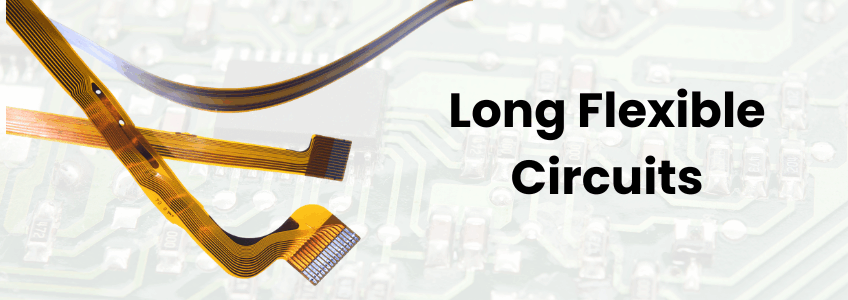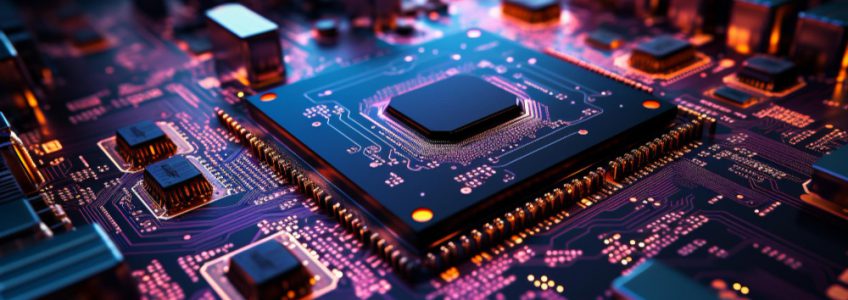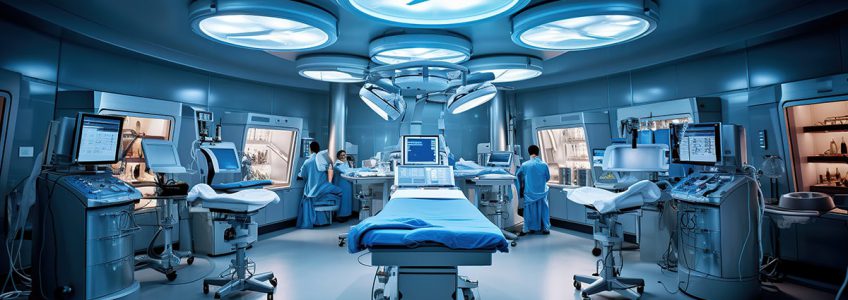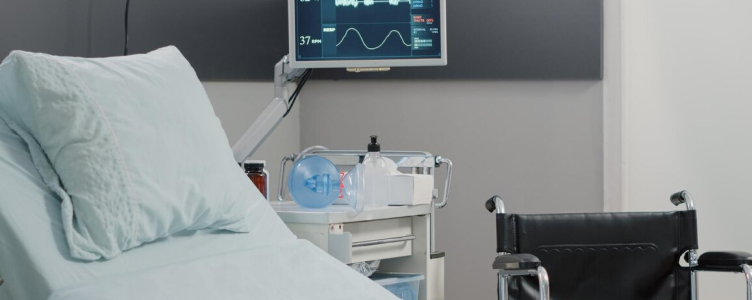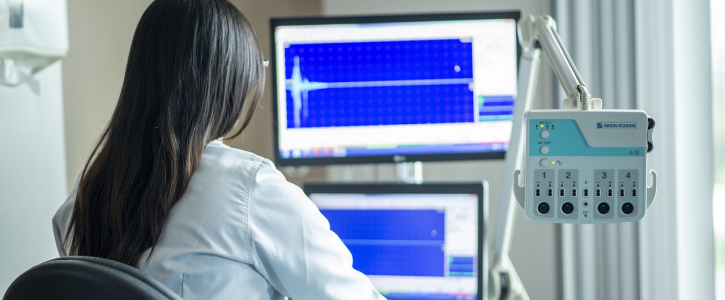A Guide to Designing Long Flexible Printed Circuits
Long flexible circuits are increasing in popularity because they eliminate the need for long, bulky ribbon cables, which can be tedious to connect. Both thin and lightweight, this type of printed circuit conforms to contours and accommodates designs involving sliding components.
As with any circuit technology, …Read More
Everything You Need to Know About Silicone Rubber Heaters
Many of today’s products require heat to prevent freezing and condensation, or bring components to a specific operating temperature. This heating is achieved through flexible heating elements, known as silicone heaters, attached to a power source. The heaters are found in various types of consumer …Read More
7 Things You Must Know to Design Effective PCBs for Aviation Applications
Printed circuit boards (PCBs) used in aerospace applications must be highly reliable, leaving no margin for error. They must last a long time while being used non-stop in challenging and extreme operating conditions. Unlike most traditional PCBs, ones used in aerospace applications must withstand intense …Read More
Printed Circuit Board Design Checklist
Is your printed circuit board (PCB) ready for production? This step-by-step checklist will help determine whether you’ve completed everything necessary to move your design to prototyping and production.
Before Submitting Your Board for PCB Design Review
Look for unrouted nets
Repour polygons
Check that the board …Read More
Keypad Design Factors That Impact Performance
Keypad assemblies designed correctly and made with suitable materials can be highly reliable. That’s not the case if poor design and manufacturing choices are made.
The top factors that impact keypad longevity are:
Contamination entering the switch cavity
Contamination inside the switch cavity
Exceeding switch contact …Read More
How to: Know for Certain Your Medical Circuits are Safe
More than almost any other type of circuit, it’s critical to ensure that it is designed and developed specifically for the medical industry. Here are some essential things to consider to make certain your printed circuit boards (PCBs) are completely safe and effective.
Signal Integrity
Signal integrity …Read More
Regulations for Medical PCB Assemblies: What You Must Know
Adhering to industry-specific rules and regulations is critical for anyone manufacturing printed circuit board assemblies (PCBAs) for medical devices. The FDA holds a unique set of requirements outlining compliance not only in medical printed circuit board manufacturing but also in recordskeeping. ISO and IPC requirements …Read More
10 + 1 Circuit Design and Manufacturing Issues and How to Prevent Them
Printed circuit boards (PCBs) are key parts of many electrical devices, connecting critical components. Global demand for circuits has risen exponentially in recent years, and many less-than-reputable actors have entered the industry.
This guide explains common PCB issues (often found in circuits produced by less-experienced providers) …Read More
Challenges of Flexible Circuit Assemblies
Are you finding it challenging to procure suitable flexible circuits? It’s a fast-changing industry, and it can be difficult to stay up-to-date on the latest trends. This guide explains everything you need to know to have a complete understanding of the challenges associated with manufacturing flexible …Read More
Exploring Multi-Layer PCBs: Benefits and Applications
Printed Circuit Boards are the backbone of modern electronic devices, to say the least. Single-layer PCBs are widely used, though as technology evolved, the demand for more complex PCBs increased. Multi-layer PCBs have played an integral role in fulfilling this need for more complex electronic …Read More

